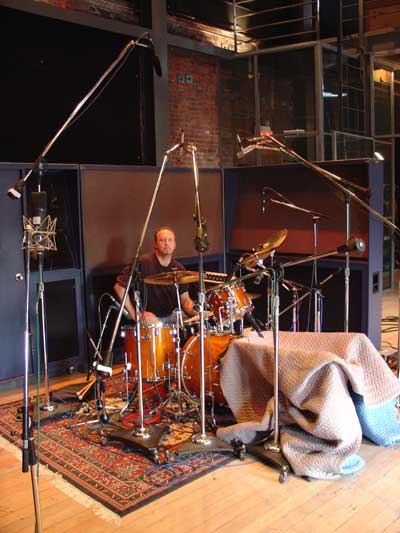Studio Drummer – Drumming Your Way To Good Health
I’ve said for years that drumming has been great for my health. Not only can it be a great overall cardio workout over the course of a show night but if you sit properly with good balance and good posture, drumming is a fabulous continuous workout most notably for the lower back. I play heal up with my kick foot as many do. I’m pretty much heal down though with my hi hat foot. But the effect of balancing on the stool is nothing but great for the lower back, at least in my experience. It seems so many people have back issues and I feel that years of playing often long gigs or long sessions leaves me with a tired lower back. That’s the key though! A tired back as opposed to a sore back! What I’ve effectively done is a 4-5 hour or a 6-8 hour balanced back workout. Next day I’m good to go!
That brings me to a key piece of gear in the drum kit arsenal. The drum throne! Funny how folks will spend a ton of money on the kit and then sit on a piece of garbage where the seat of the drum stool is wobbling around or is too small, the feet are not sturdy etc etc! This is a fundamental piece of gear! Having an effective and strong connection to the ground in a balanced secure way is essential to playing well when you’re talking about milliseconds in execution and timing which of course great drumming entails. And of course, like I was saying earlier the effect on the lower back especially can either be enhanced by a good throne or diminished by a bad one! So make sure that you test and shop effectively for a sturdy and robust drum throne that suits your body, body weight and your movements. Many people today go with light weight hardware for stands etc. I would argue that this is the one piece of gear where you should lean in the other direction and go robust. Think about your posture when you play and the balance of your body. Don’t allow your balance to detract from your execution as well as overwork muscle groups… Cheers






